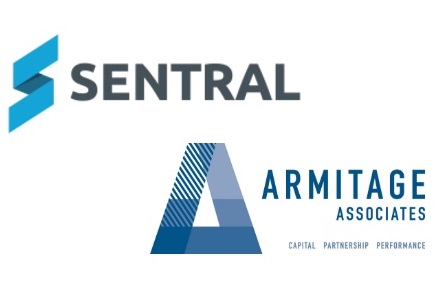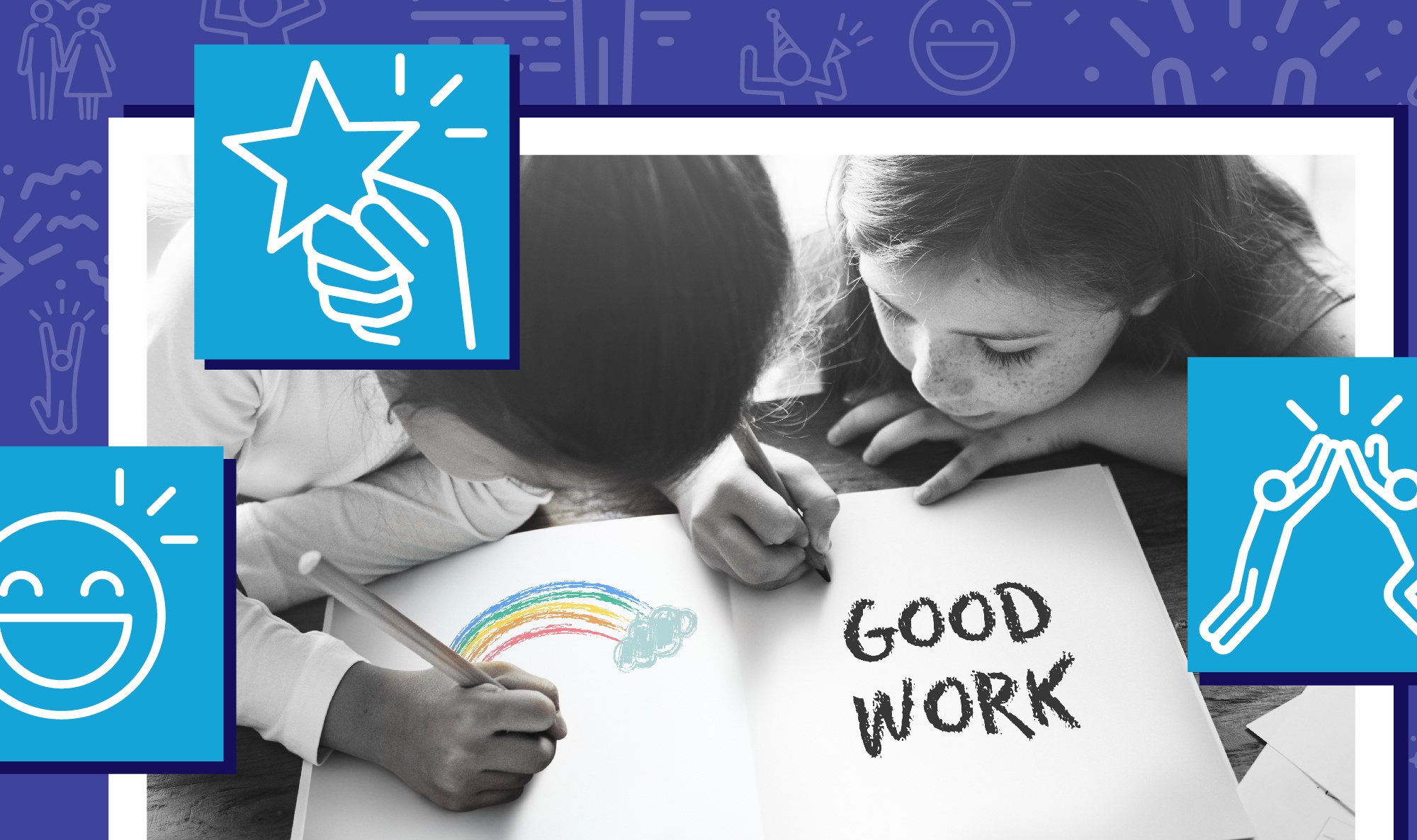
Technology has broken new barriers to bring data, people and organisations together. It is safe to say that we live in a fast-evolving environment and education is moving with it.
Increasingly, data is used to improve decision making and deliver scalable and measurable results. Instead of making ‘gut feel’ decisions or doing things the same way it’s always been done, data arms us with facts and figures that help shape a better future.
“Data-driven decision-making is about gathering data to understand if a school or district is meeting its purpose and vision,” says Victoria Bernhardt, author of Data Analysis for Comprehensive Schoolwide Improvement. “If we do not have a target, we make decisions that essentially lead to ‘random acts of improvement.’” Instead, Bernhardt says, superintendents should strive for “focused acts of improvement,”. This only occurs when school leaders are clear about their purpose.
To lead the change and achieve desired outcomes, school leaders must be knowledgeable about data and utilise it as a leadership tool. By using data in their leadership tool box, school leaders can easily track and identify weaknesses, see the challenges of individual students and classes so that they can further base their plans for improvement to maximum potential. Student data offers invaluable support for making good decisions. How that data is then used is critical.
At Sentral we believe, to empower students, teachers should first empower themselves. The use of data provides evidence of impact that can inform teaching to enable accuracy on what is happening to students in the classroom. By providing training to teachers on how to analyse data, they can examine their data, evaluate their performance and establish learning goals. School leaders can then use student data analysis to identify factors that motivate student performance and adjust their process to meet student needs.
According to the NSW Government, ‘Effective self-assessment, improving classroom practice, and reporting to the community involves schools collecting, analysing and presenting data. The ability to investigate, reflect on and make the most of available data is a core competency for everyone in schools – leaders, teachers and support staff.’.
Using data is now an essential tool in our education system. Sentral incorporates the use of data across every segment of our platform. Here are a few tips for using student data to empower teaching and learning:
Don’t ‘data dump’: Start small, try not to take in a large amount of data at the same time to allow for a proper thinking process when interpreting the data.
Start with core issues: Prioritise your objectives and start by choosing core issues you think are the most important and time sensitive. Use data as the basis to plan and evaluate your current situation.
Focus on the big picture: Don’t lose yourself on small unimportant details. Instead, focus on the data to show you the big picture of your overall performance.
Choose reliable partners: When it comes to starting your digital transformation journey, make sure you have a reliable partner to help you understand the current landscape, evolving environment and school requirements to ease your digital migration.
With technology underlying your school, you can use the data it generates to see what’s happening in your school and use that information to make the school more agile. Sentral offers a cloud-based SaaS that enables schools to generate qualitative data and insights on the school’s progress.
Simply contact Sentral to discover how you can streamline your school and provide an on-demand, shared service that includes IT support, services, and program software. We can help ease your digital transformation journey.












